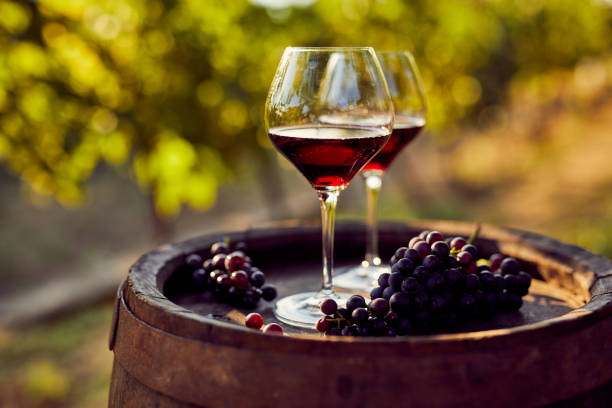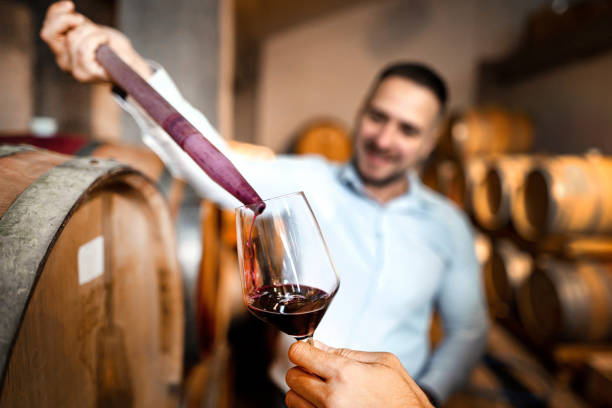Wine-making is an ancient craft that has been practiced for thousands of years, with techniques passed down through generations. Crafting your wine at home can be a rewarding and fulfilling hobby, allowing you to create unique blends and flavors tailored to your taste. However, one crucial aspect of the winemaking process that often gets overlooked is the importance of topping up your homemade wines. In this article, we’ll explore why topping up is essential, when and how to do it, and some tips to ensure your homemade wines reach their full potential.
Understanding Topping Up: Topping up refers to the practice of replenishing wine in a fermenter or aging vessel to compensate for loss due to evaporation or racking. During the fermentation and aging process, wine can lose volume through evaporation, which can lead to exposure to oxygen and potential oxidation. Additionally, when racking or transferring wine from one vessel to another, there is inevitably some loss due to sediment and leaves left behind. Topping up helps maintain a consistent volume of wine in the boat, minimizing the risk of oxidation and ensuring the wine matures properly.
When to Top Up: The timing of topping up your homemade wines depends on the stage of the winemaking process and the vessel used for fermentation or aging. During primary fermentation, which typically lasts for about a week, it’s essential to monitor the wine daily and top up as needed to prevent excessive exposure to oxygen. After primary fermentation, when the wine is transferred to secondary fermentation vessels for aging, topping up becomes less frequent but remains important. It’s recommended to top up every few months or whenever you notice a significant loss of volume due to evaporation or racking.
How to Top Up: Topping up your homemade wines is a straightforward process, but it requires some care and attention to detail. Here’s a step-by-step guide:
- Assess the Volume: Before topping up, carefully measure the volume of wine in your fermenter or aging vessel. You can use a hydrometer or a graduated cylinder to get an accurate measurement.
- Prepare Topping Up Wine: The wine used for topping up should be of the same type and quality as the wine being topped up. It’s essential to avoid introducing any contaminants or off-flavors into the wine. You can use wine that you’ve set aside for this purpose or a similar commercial wine.
- Add the Wine: Slowly pour the topping-up wine into the fermenter or aging vessel, taking care not to disturb the sediment at the bottom. You can use a funnel or a siphon to minimize splashing and oxidation.
- Recheck the Volume: After topping up, recheck the volume of wine in the vessel to ensure it has reached the desired level. Make any adjustments if necessary.
- Seal the Vessel: Once you’ve topped up the wine, seal the fermenter or aging vessel tightly to prevent oxygen from entering. Use airlocks or bungs to create a barrier against air.
Tips for Successful Topping Up:
- Keep topping up wine on hand: Always have a supply of topping up wine ready to use whenever needed. This ensures you can quickly replenish the wine without delay.
- Minimize headspace: Aim to fill the fermenter or aging vessel as close to the top as possible to minimize the amount of air contact with the wine.
- Use inert gas: If you’re concerned about oxidation, you can use inert gases like argon or nitrogen to create a protective blanket over the wine’s surface after topping up.
- Monitor for leaks: Check the seals and closures on your fermenters and aging vessels regularly to ensure they are airtight and prevent any leaks that could lead to oxygen exposure.
Topping up your homemade wines is a simple yet essential aspect of the winemaking process that can have a significant impact on the quality and longevity of your wines. By maintaining a consistent volume and minimizing exposure to oxygen, you can ensure that your wines mature properly and develop complex flavors and aromas. With careful attention to detail and regular monitoring, you can master the art of topping up and producing exceptional wines that you’ll be proud to share with family and friends.




